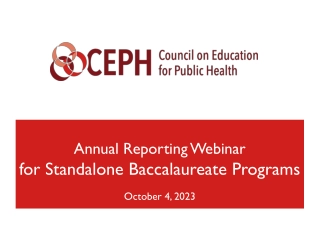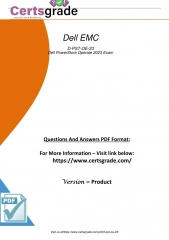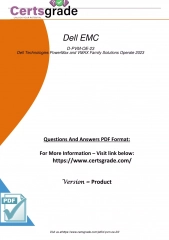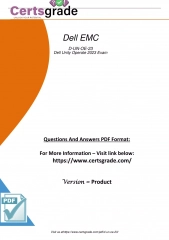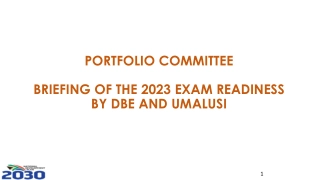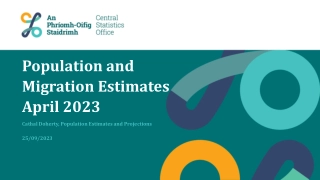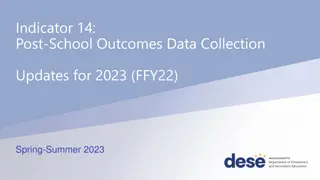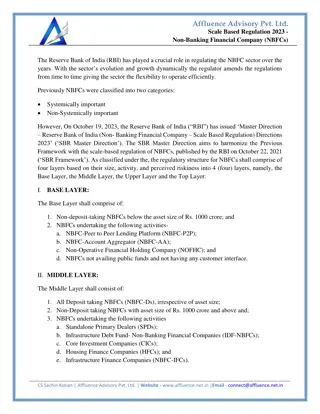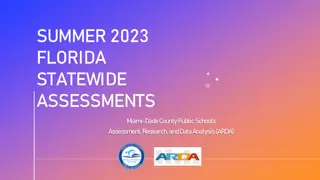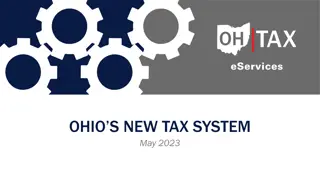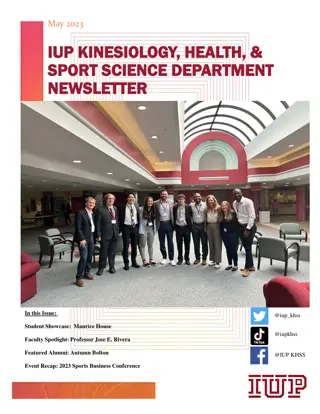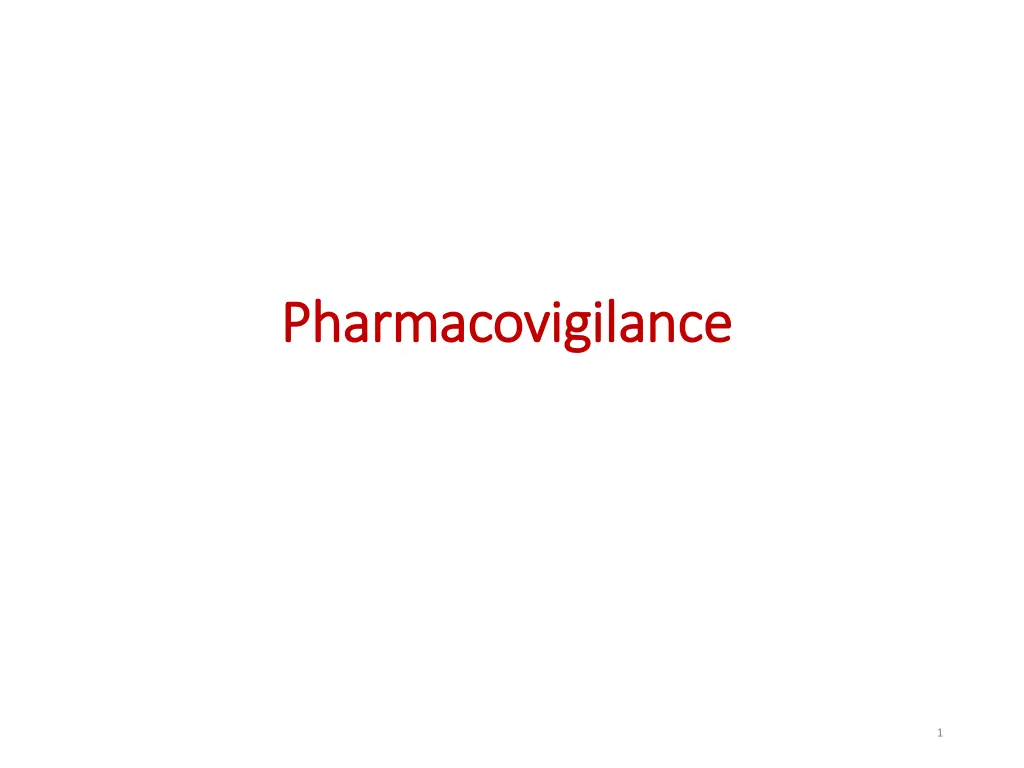
Understanding Pharmacovigilance and Adverse Event Reporting
Learn about pharmacovigilance, definitions of adverse events, serious adverse reactions, adaptations to reporting, and the importance of recording and assessing adverse events in clinical trials.
Download Presentation

Please find below an Image/Link to download the presentation.
The content on the website is provided AS IS for your information and personal use only. It may not be sold, licensed, or shared on other websites without obtaining consent from the author. If you encounter any issues during the download, it is possible that the publisher has removed the file from their server.
You are allowed to download the files provided on this website for personal or commercial use, subject to the condition that they are used lawfully. All files are the property of their respective owners.
The content on the website is provided AS IS for your information and personal use only. It may not be sold, licensed, or shared on other websites without obtaining consent from the author.
E N D
Presentation Transcript
Pharmacovigilance Pharmacovigilance 1
Definitions (1) Adverse Event (AE): any untoward medical occurrence in a participant to whom a medical product has been administered Adverse Reaction (AR): untoward or unintended response in a participant to an IMP which is related to any dose administered Serious Adverse Event (SAE): any untoward medical occurrence that: results in death is life-threatening requires inpatient hospitalisation or prolongation of existing hospitalisation results in persistent or significant disability / incapacity consists of a congenital anomaly or birth defect requires intervention to prevent one of the above 2
Definitions (2) Serious Adverse Reaction (SAR): an AE that is both serious and, in the opinion of the reporting investigator, probably related to study drug Suspected Unexpected Serious Adverse Reaction (SUSAR): a SAR, the nature and severity of which is not consistent with the information set out in the Reference Safety Information Reference Safety Information (RSI): the information used for assessing whether a SAR is expected 3
Adaptations to PV reporting The primary event of infection is classified as a pre-existing condition. The occurrence or expected progression of infection or sepsis-related events including death will occur. Participants are likely to have many minor adverse events presenting at the time of entry to the trial and throughout their hospitalisation Protocol outlines anticipated events that may be linked to sepsis that are excluded from reporting as AEs/SAEs. Events become reportable in the eCRF if: An event is exacerbated during or following treatment with IMP An event occurs that was not present at baseline that is linked to the IMP (AES) An event occurs that was not present at baseline (SAES) 4
Adverse Events AEs observed by the Investigator or reported by the participant following randomisation will be recorded in the participants medical records and assessed for causality and seriousness. Where an event is considered related to the trial IMP (that is, an AR) it should be recorded within the eCRF. ARs will be collected from randomisation until 24 hours post cessation of IMP 5
Serious Adverse Events All SAEs must be recorded in the participant s medical records SAEs that occur following administration of IMP, or SAEs present prior to administration that are exacerbated following IMP administration must be reported to the Sponsor via the study eCRF within 24 hours of investigator awareness of the event Reported from the time of randomisation until 7 days cessation of trial IMP. 6
Serious Adverse Events (1) If SAE reporting is not possible via the eCRF, a paper SAE form should be downloaded from the following location: https://www.glasgowctu.org/Home/00-safety-reporting/ completed, and forwarded to the PV office by email to pharmacovig@glasgowctu.org 7
Serious Adverse Events (2) Diagnosis should reflect the primary event meeting the definition of serious e.g. the reason hospitalisation is prolonged Surgical procedures or treatments should not be submitted as event terms. The reason for the procedure being carried out should be used Events that are not serious can be included in the narrative but not as a diagnosis i.e. AEs and ARs Events occurring while a patient is hospitalised for an SAE that would result in hospitalisation in their own right or prolong existing hospitalisation should be reported as a new SAE 8
Non-reportable events Elective surgical or medical admission planned before signing consent Admission for treatment of symptoms, not associated with a deterioration in the patients disease Outpatient procedures - unless an overnight stay is required A&E visits - unless life threatening, important medical event or an overnight stay is required Admission for non-medical/surgical reason e.g. caregiver respite 9
Exclusions from SAE reporting These events are recorded within the eCRF but are excluded from SAE reporting: Death related to infection (including multi-organ failure) Critical care (HDU/ICU) admission Acute kidney injury Pulmonary oedema, Non serious extravasation. That is the extravasation does not meet the regulatory definition of serious. 10
Causality and expectedness (SAEs) Binary yes/no question for causality Err on the side of caution. If there is a suspicion the SAE is linked to IMP then it should be reported as related Causality is assessed by the investigator at site, where possible by the treating clinician Ensure that multiple clinicians are delegated responsibility for review Assessment of causality should take into account underlying medical condition(s), medical history, concomitant medications, biological plausibility and the temporal relationship between the event and administration of IMP Tight timelines regarding reporting of events to MHRA by Sponsor therefore prompt clinical review of causality appreciated MHRA currently focusing on PI oversight 11
Expectedness (SAEs) Assignment of expectedness is carried out by the CI/Sponsor with reference to the approved RSI Tight timelines regarding reporting of events to MHRA by Sponsor therefore we may require quick turnaround for queries Fatal, related events will be considered unexpected 12
Pregnancy Female participants Not considered AE unless negative or consequential outcome for mother/fetus recorded Report to the PV Office within 2 weeks of awareness Pregnancy Reporting Form available from Glasgow CTU website. Follow up to determine the outcome of the pregnancy Follow-up report to PV Office Any outcome meeting SAE criteria should be reported using the SAE reporting procedure 13
Site investigator responsibilities Checking for AEs/ARs regularly during the period of admission Ensuring that AEs are recorded/reported in line with the requirements of the protocol Ensuring that all SAEs are recorded and reported to the Sponsor within 24 hours of becoming aware of the event Using medical judgement in assigning seriousness, causality, severity Please note that some of these tasks may be delegated to other members of the study team but that this must be documented and medical oversight ensured Sites must ensure that adequate cover is available for the review of SAEs should the PI be unavailable 14
Sponsor responsibilities Processing of received SAEs Review expectedness of SARs by PV manager/CI Review SAEs for consistency Reporting SUSARs to the MHRA and REC Ensuring SAEs are followed to completion Preparation of the Development Safety Update Report (DSUR) Communication with sites regarding pharmacovigilance processes and issues with SAE reporting 15


